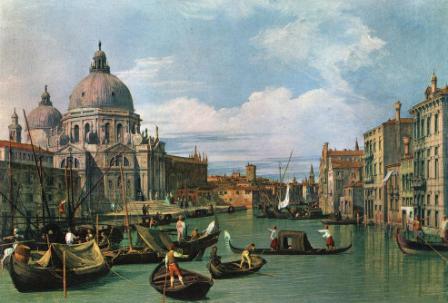 The name
The name
The Republic
of Venice
Brief Origins
In 751 the Lombard King Aistulf conquered most of the Ravenna , leaving Venice
a lonely autonomous Byzantine outpost. During this period, the seat of the
local Byzantine governor was situated inn Malamocco. Settlement on the islands
in he lagoon increased in correspondence with the Lombard
conquest of other Byzantine territories as refugees sought asylum in the lagoon
city.
 In 775-1776, the Episcopal seat of Olivolo was created.
During the reign of the duke Agnello Particiaco the ducal seat was moved
Malamocco to the highly protected
In 775-1776, the Episcopal seat of Olivolo was created.
During the reign of the duke Agnello Particiaco the ducal seat was moved
Malamocco to the highly protected
Charlemagne wanted to subdue the city to his own rule. He
ordered the Pope to expel the Venetians from the Pentapolis along the Adriatic
coast and the Charlemagne's own son Pepin of Italy, King of the Lombards under
the authority of his father, embarked on a siege of Venice itself. This however, proved to be a
costly failure. The siege lasted 6 months with Pepin's army ravaged by the
disease of the local swamps and eventually were forced to withdraw. A few
months later Pepinn died from a result of disease contracted there. In the
aftermath, an agreement between Charlemagne and Nicephorus in 814 recognized Venice as Byzantine
territory and granted the city trading rights along the Adriatic coast.
No comments:
Post a Comment